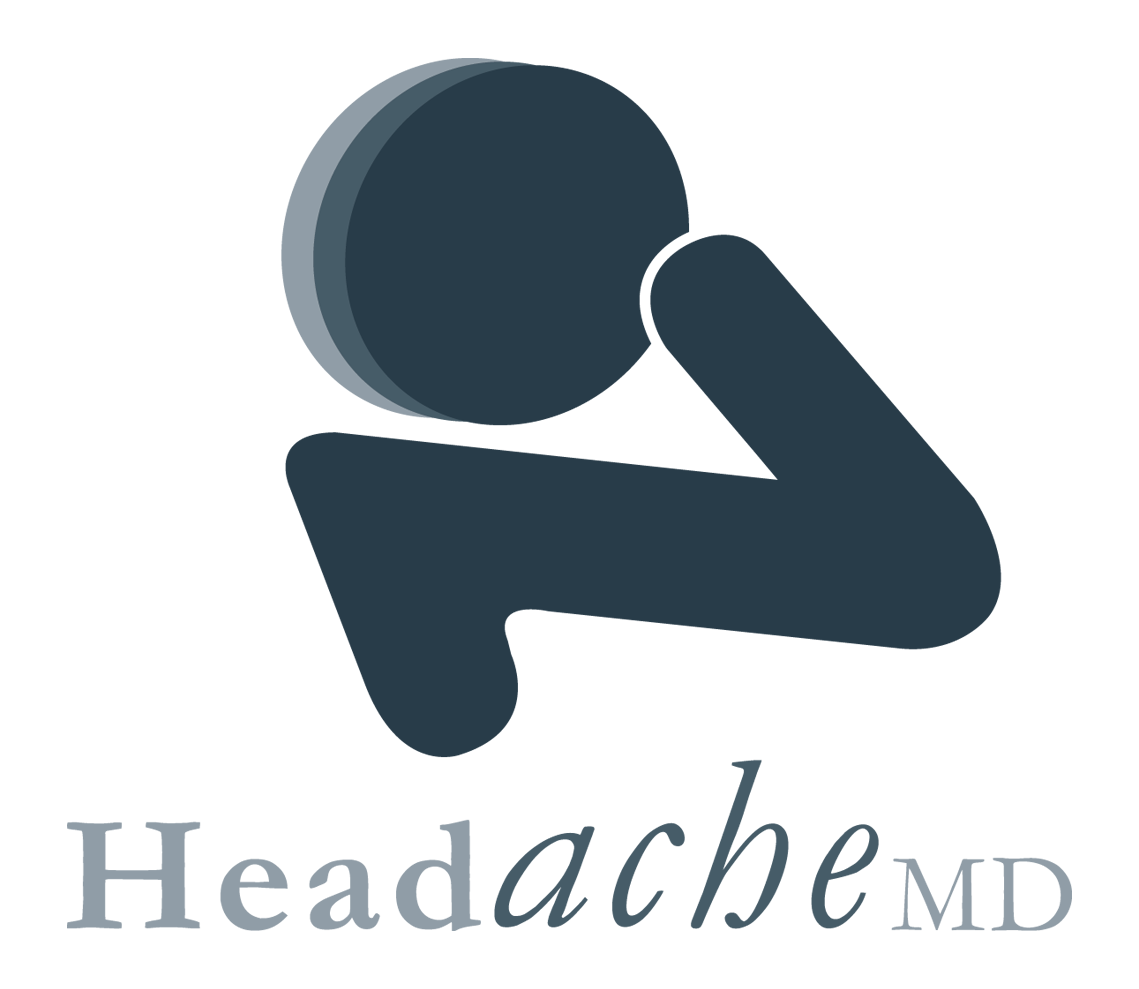Many individuals with chronic headaches will attribute their symptoms to more common triggers like food, stress and stimuli, thus, their tendency for self-diagnosis and self-medication. But consultations with a qualified physician are a must for these individuals because their pain in the head may be caused by a pinched nerve in their upper spine that, in turn, requires the appropriate medical intervention.
Pinched Nerve
A pinched nerve refers to the compression of the nerve in the upper spine, which causes cervical radiculopathy. It is caused by one of these three medical conditions:
- Herniated disc, the rupture of the disc between the spinal vertebrae
- Cervical spinal stenosis, the narrowing of the spinal canal
- Degenerative disc disease, the result of arthritis when the bony spurs impinge on the nerve
To understand the relationship between nerve compression and headaches, it is necessary to understand the spine’s anatomy. In contrast with the lumbar spine (i.e., lower column), the cervical spine (i.e., neck column) has 8 nerve roots exiting above the level of their corresponding vertebrae. Thus, the C7 nerve root will exit at the space between C6 and C7 such that a disc herniation herein will result in CY radiculopathy.
Keep in mind that each nerve root supplies sensory and motor fibers to the muscles particularly the shoulder, arms and hands, thus, allowing them to function. Irritations in the nerve root can result in pain, weakness and numbness or tingling sensations in the corresponding part of the body.
Pain in the Head
What then is the relationship between nerve compression and headaches? Many individuals diagnosed with cervical radiculopathy report headaches but the specific symptoms differ depending on the cervical roots affected.
When C1 to C4, the upper cervical roots, are affected, the headache is known as cervicogenic headache. According to the International Headache Society, a cervicogenic headache means pain in the head referred (i.e., originating from) the neck – a pain in the neck, literally and figuratively.
When C to C7, the lower cervical roots, are compressed, the headache is different in many ways. Affected individuals usually experience pain in the same side as the compressed nerve root with it radiating from the back of the head to the forehead; the pain is described as a sharp ache. Patients also report tenderness in the neck muscles on the same side as the pinched nerve root especially when pressure is applied to the area.
Other symptoms of a pinched nerve are same-sided pain, numbness and tingling, and weakness in the same side as the affected nerve root. Sometimes, these symptoms may have no pain at all.
Hope for Pain Relief
Have you experienced these symptoms? Then you should speak with your physician. Otherwise, your symptoms will disrupt your life by restricting the activities that you can enjoy despite your medical condition.
Note: Cervical radiculopathy may not be a curable condition but you and your physician – look for a spine specialist and a physical therapist for best results – can find a medication, therapy and lifestyle program that will work for your case.
Your physician will usually manage your condition in a conservative manner, which means non-surgical means unless and until necessary for lifesaving purposes. Medications include non-steroidal anti-inflammatory drugs, opioids, muscle relaxants and anti-depressants as well as physical therapy and lifestyle changes.
